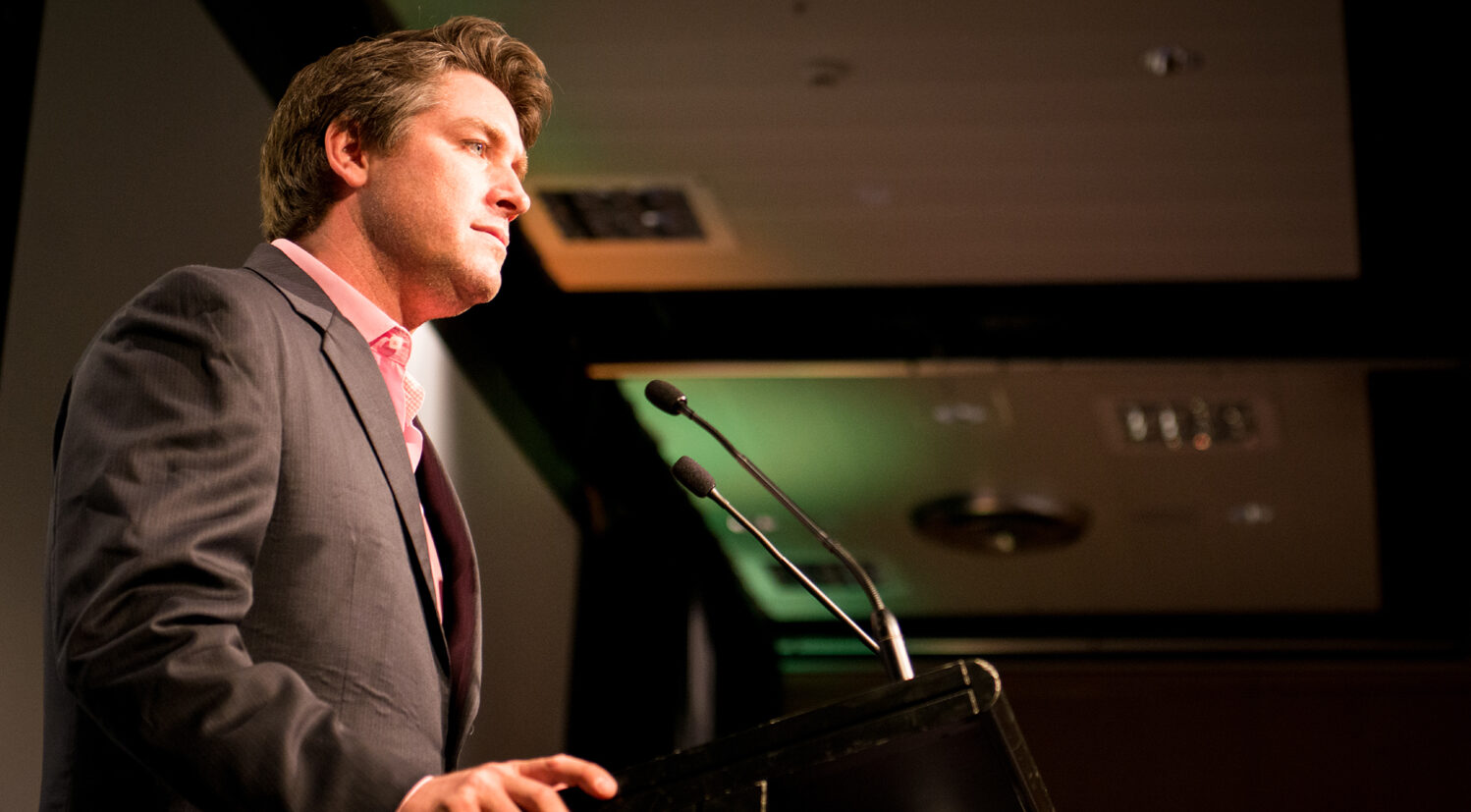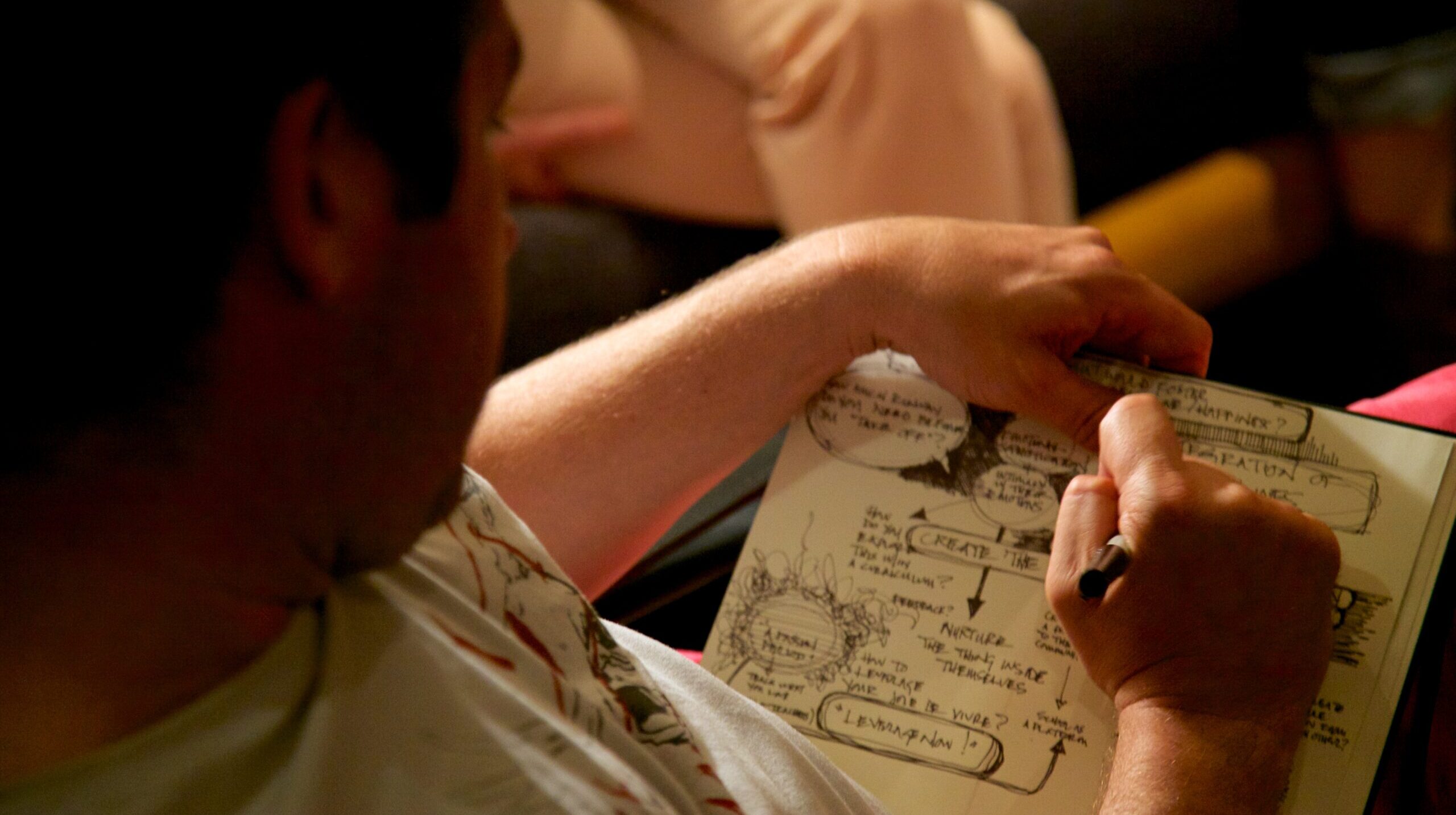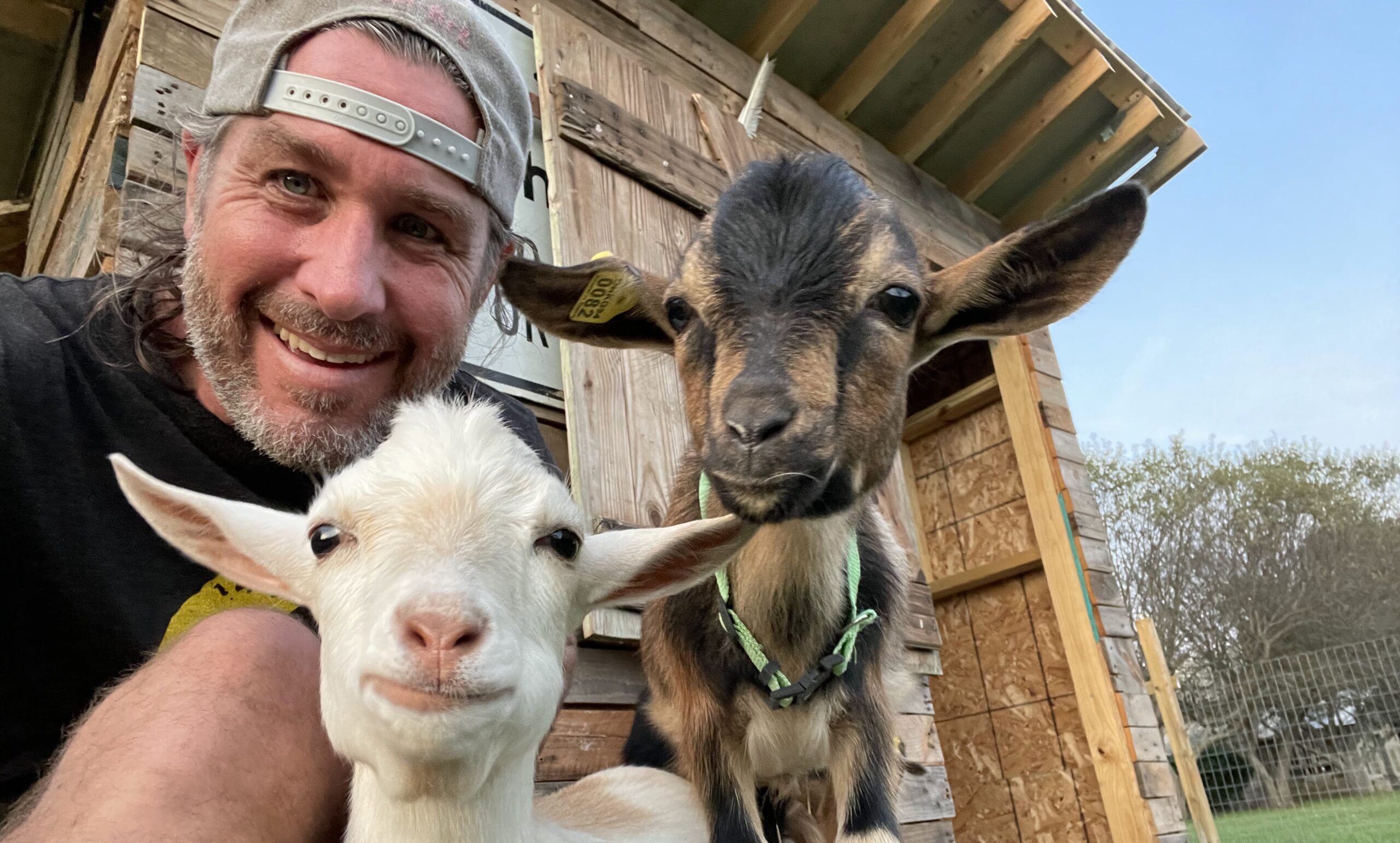Columbus: A City of Doers and Creatives – By Guest Blogger Christian Long
My family first landed in the Columbus area in 2010 (from Ft. Worth, Texas) soon after my wife accepted a new job. We had little sense of the city at the time. We were merely strangers trying to get our little kiddos settled and leaning into our new careers. I still remember a kind neighbor advising us not to schedule our 3yo son’s upcoming fourth birthday on a Saturday in September: “You may send out invitations, but no parent is going to bring their child if its game day.” That was a truly foreign concept to me (but as a proud Indiana University alum you can probably forgive me my new-to-Columbus naivete).
Curiously, we had been told that just a few years earlier downtown Columbus wasn’t really a place you’d spend much time in, particularly at night.
Yet, when we went out to explore, we found an unexpectedly vibrant city filled with treasures, both visible and hidden. While we assumed we’d only be in the area for a couple years, we soon found ourselves falling in love with the region and its culture full of multi-disciplinary visionaries and hard-working creatives of all types.
It was a city of doers, no matter the medium or profession.
It was a city of doers that also wanted to broaden what it meant to create, what it meant to be included, what it meant to thrive, and what it meant to make positive impact so others could also create, feel included, and thrive.
Early on in my Columbus journey, I had the good fortune of crossing paths with Triad and Brent Foley thanks to a conversation about school architecture after an only-in-Columbus combination of a TEDx event and exploring East Franklinton (before cranes began raising new buildings in a blur).

Everyone I was meeting across the city seemed coincidentally to point to this local architecture firm that was doing good work ‘in the community’. What I really heard them saying: there was an architecture firm doing good work in the community while being deeply committed in partnering with the community to make possible what was genuine to each client.
In the case of my own school architecture career at the time, it wasn’t just about the buildings that made Brent Foley and his Triad team striking to me, although I respected their portfolio. What really caught my attention was the firm’s commitment that school design projects must ensure that their communities come together to co-define a unique vision for curiosity, learning and positive impact.
It was the ‘coming together’ aspect that was both reflected in Triad’s approach to work: “helping communities discover, design, build and care for our future together”. It was also my emerging discovery of what made Columbus a most remarkable community for doing, creating, and thriving across all boundaries and mediums.
Around that same time a decade ago I felt something electric taking shape when I first stepped into the 5,000SF ‘garage’ somewhere off 5th Avenue where Alex Bandar and his Columbus Idea Foundry colleagues were making creative mischief. Years later as the Idea Foundry moved to East Franklinton and became the largest maker space in the Unites States, I felt something even more transformative underfoot.
I felt something similarly electric and game-changing about Columbus when Chris Sherman first walked me thru a dark, foreboding, pipe-leaking 400 West Rich complex as his team was planning a significant reimagination of city-wide creativity and entrepreneurship.
I had similar feelings when first visiting Rachel Friedman and her TENFOLD team in their previous ‘intimate’ space across the street from Dirty Franks; this was well before their nationally renowned firm transitioned to the Short North (along with their sister brand, TENSPACE) and their creative impact grew even more substantial.
Similar reactions occurred when learning about Dr. Annalies Corbin’s remarkable future-of-learning PAST Foundation work over by the equally inspiring Metro School; listening to Matt Slaybaugh speak about making theater accessible to everyone via Available Light Theater’s pay-as-you-can invitation; feeling blessed to hear Barbara Fant take the TEDxYouth @ Columbus stage as a last minute spoken word artist (which led soon after to her rocking the TEDxColumbus stage); being moved to a hell-yeah reaction when hearing the BESA team talk about its vision for rethinking service and community and another hell-yeah reaction to seeing Joe DeLoss first serving hot chicken out of a back alley window to offer a dignified path to employment for those who are too often left behind; climbing a rickety ladder in a hard hat with Michael Bongiorno as he took me up to the 2nd floor of the new wing at the Columbus Museum of Art when there was yet no art (or windows) and being inspired by Cindy Foley and her CMA “Center for Creativity” team partnering with young people to imagine new creative futures together; meeting one-on-one with Chris Olsen soon after he opened the Drive Capital doors to jumpstart a new vision for venture capital unapologetically investing in Columbus and the Midwest, something that is done with equal creativity and power by the folks leading the Rev1 engine right in the heart of the OSU campus; and first understanding the power of Donte Woods-Spikes ensuring that young people too often left to the margins must be seen for the storytellers and community builders they truly are.

Today I am fortunate enough to support Columbus’ Center for Architecture and Design as a board member, volunteering under Brent Foley, CFAD’s Board President.
Recently the board launched a new initiative, “Voices of Design” (in collaboration with 614 Magazine). This program celebrates the impact of local design on health and wellness, activism, justice and equity, and other non-negotiable social lenses serving the breadth and depth of diversity in our community. This reminds me of the Available Light Theater’s 2016 initiative called “The Columbus Project” that invited people across the city to co-write the original piece. That custom project was later performed for free at public libraries in each of the very communities who invested their voices. This feels equally true for David Brown’s soul-filling Harmony Project, whether in a modest rehearsal session, at a nearby prison, or filling Columbus Crew’s new stadium launching a national reality TV show developed by John Legend.
Projects like these remind me that not only is the city filled with treasures, visible and hidden, and doers and creatives of all types. They also remind me that the city itself – Columbus as space and energy alike – is also an infinitely layered ecology for wondering, exploring, designing, prototyping, storytelling, debating, building, and launching. It is an ecosystem of possibility and sleeves-rolled-up work ethic. It is forgiving of failed attempts and willing to make space for new ideas.
I’ve been pondering this a lot over the last decade+ plus that I have been lucky enough to call the Columbus region my home. In other words, Columbus is a community, a city, and a region fueled by learning, particularly when genuine learning makes space all learners. And all types of curiosity and exploration.

I’ve been thinking about this even more while brainstorming as of late at Roosevelt Coffee with Jennifer Schlueter, CCAD’s Associate Provost and Dean of Academics; while co-hosting the monthly “visionaries : ventures” online book club for Columbus leaders with David Staley, OSU professor of History (and founder of the Columbus Futurists); and while collaborating with the students and faculty at Denison University’s new launched business innovation and social impact EDGE program in the Arena District.
Can’t help but imagine that Columbus’s national reputation as the ‘test market for America’ may also allow space for a new nickname to emerge. Perhaps it could be a new nickname rooted in Triad’s commitment to inviting community to be the author of its own design principles and pathways. Perhaps it can be one rooted in the example of countless doers and creatives in this area who constantly create the conditions for others to do and create.
I imagine Columbus one day soon embracing a new namesake, something that has been there all along, both visible and hidden.
I imagine Columbus being known as the City of Learning.
It’s everywhere when you look for formal learning across Columbus:
The Ohio State University. KIPP:Columbus. Battelle for Education. Mosaic. Wex’ Pages program. Transit Arts. International Center for Creativity. Columbus College of Art and Design. PAST Foundation. COSI. Columbus Community College. Arts and College Prep Academy.
And it’s also everywhere else your curiosity takes you in Columbus:
Otherworld. Available Light Theater. CFAD’s summer youth Architecture programs. Idea Foundry. TENSPACE. Independents Day. Rapid 5 vision for interwoven pathways and streams. Urban Scrawl. Pelotonia. Highball Halloween. Arnold Sports Festival. Heck, the topiary garden.
I imagine — as Jen Schlueter and I are starting to playfully sketch out together – one day opening an annual Festival of Learning hosted here in Columbus. We imagine a festival purposefully inviting young and old, individual and organization, doers and creatives, newbies and legacies, marginalized and investors to turn the city into genuine real-time landscape and laboratory to spark curiosity, exploration, discovery, inquiry, and ‘making things’. We imagine a festival fueled by a culture of doers and creatives who are game to share their resources and spaces.

